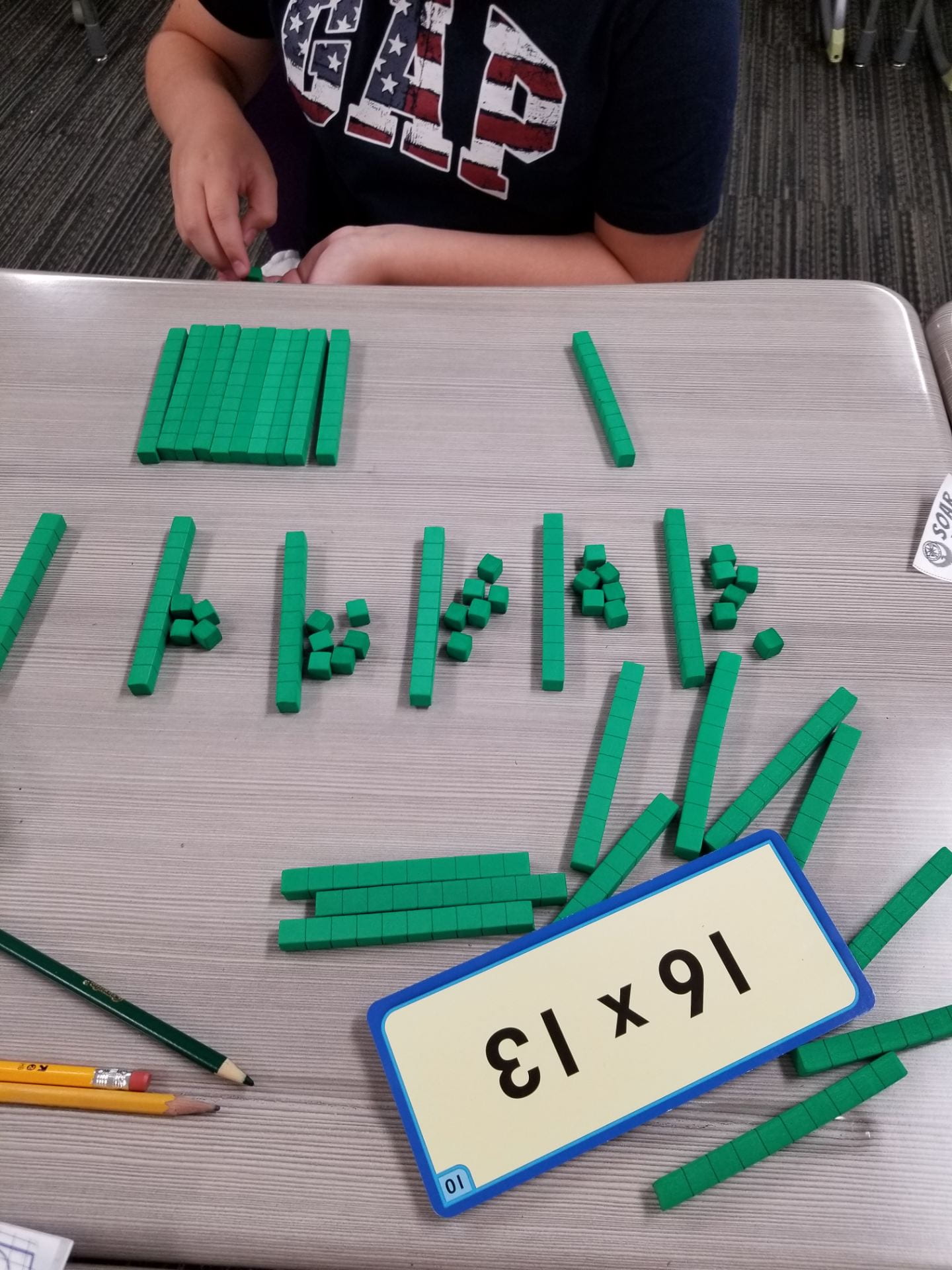
Math
For the last month we have tried to build a SOLID understanding of place value. We worked with physical cubes, drawings on graph paper, and “quick” representations like dots and tallys.
Our next step has been breaking down larger numbers into their values.
For example:
27,936 = 20,000 + 7,000 + 900 + 30 + 6
This will help us as we problem solve adding and subtracting numbers into the millions.

Reading
This September we started reading The Tiger Rising by Kate DiCamillo. The story centers around a young Florida boy named Rob, who has lost his mother, and a young girl from Philadelphia named Sistine.
We have had some wonderful discussions about character traits, envisioning, and setting. Students learned to look for the sensory details the author uses when thinking about setting.
The town of Lister, Florida was described as delapidated and damp by our class. They said you could smell old wood and burnt mac and cheese. You could hear the rythm of the rain, and taste black licorice.
Students should be reading texts at their level and looking for these same details.
One challenge we had was thinking about internal and external character traits. Many students use words like “nice” or “mean,” but we want them to start thinking about characters being “emotional,” “overbearing,” and “clueless.”
At home you can practice asking about character traits of real people everyday 🙂
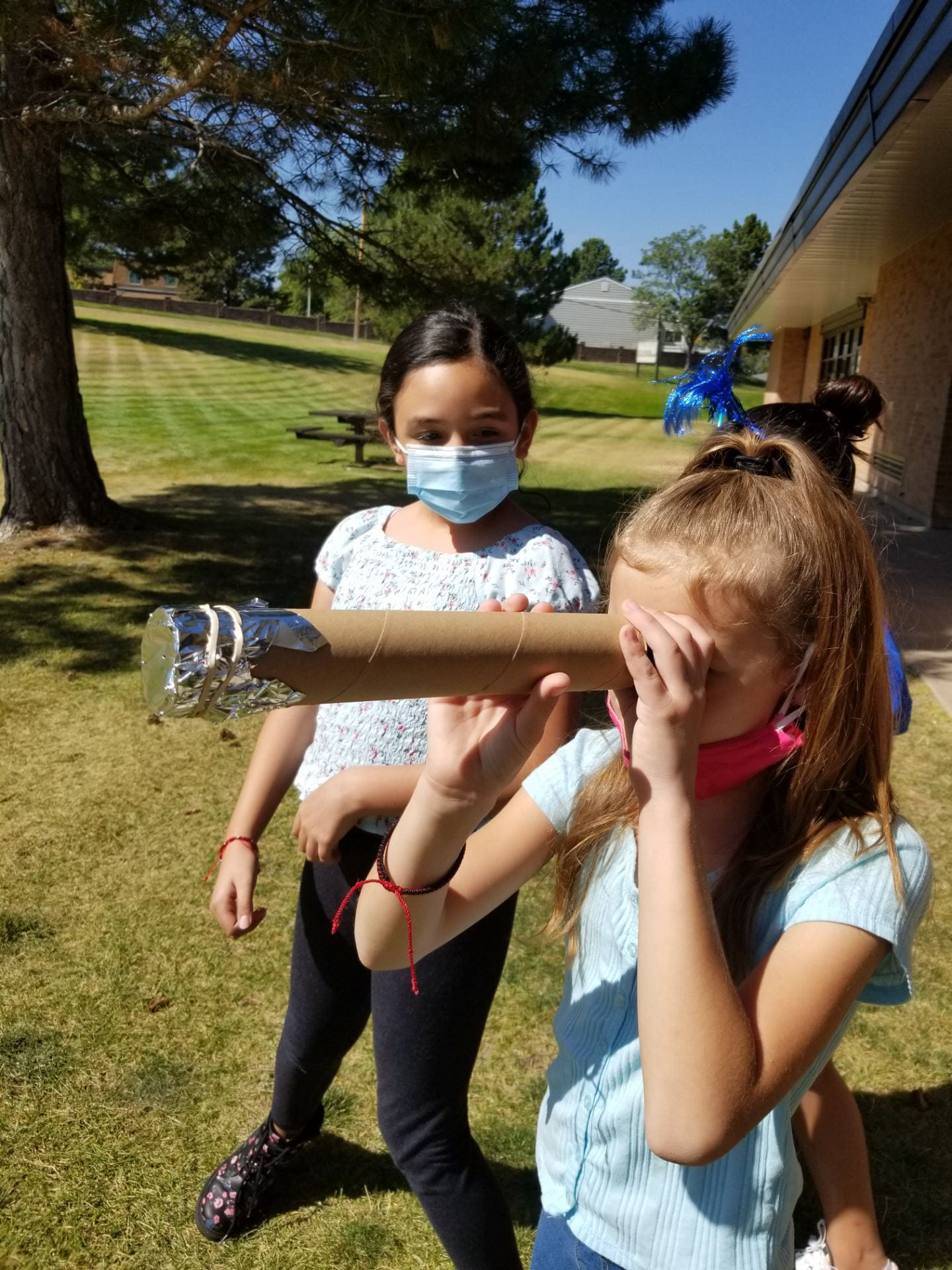
Science
I was so excited to start science labs this month!
We started by investigating the STRUCTUREs of animals, and their FUNCTION. We were surprised to learn about peacock’s ankle defense mechanisms, and how frog’s eyes help them swallow.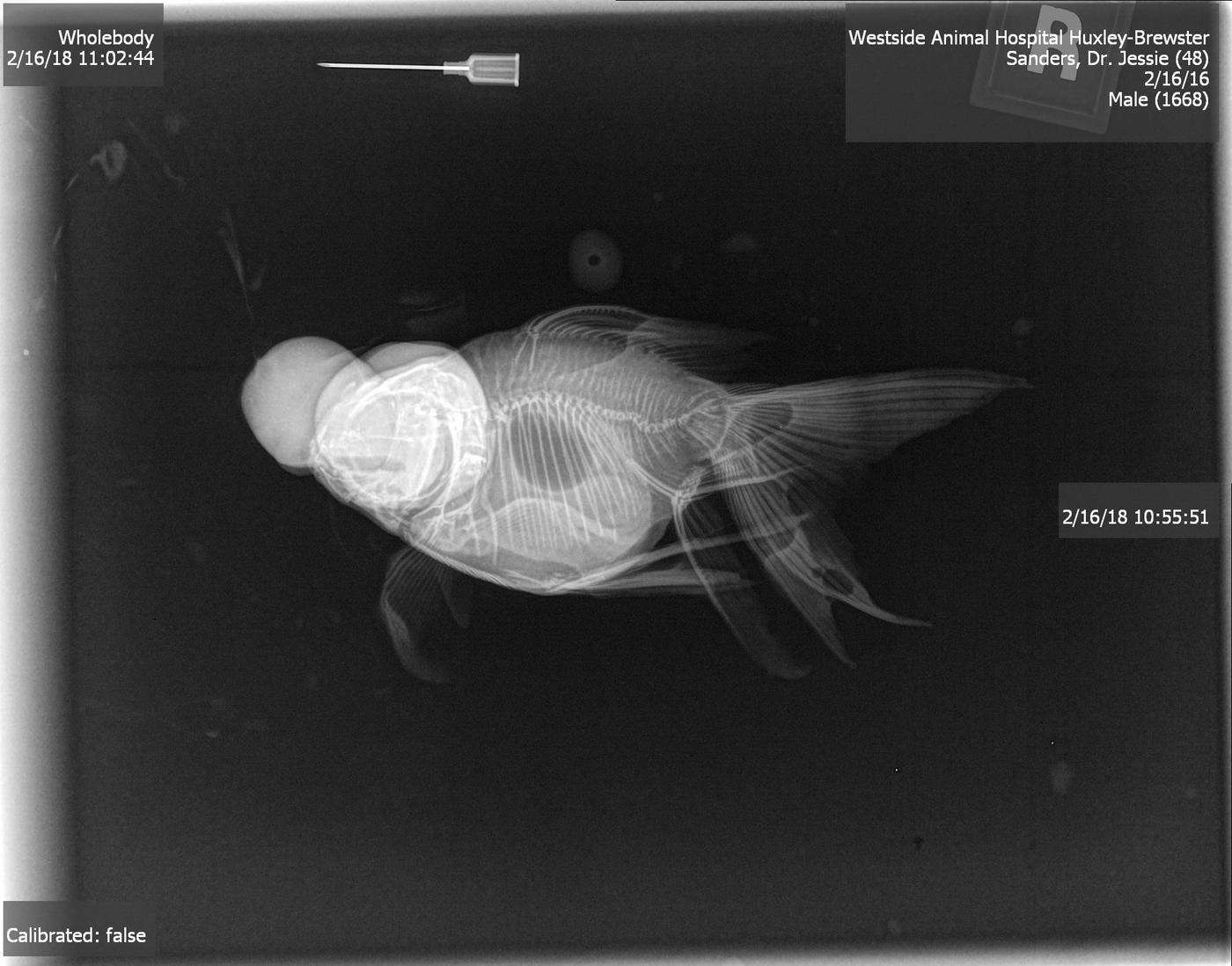
When we looked at an xray of a fish we were curious about what the hole in the middle could be. Many students hypothesized that it was a stomach, or set of lungs. However, we found out it was something called a swim bladder.
We made a model to see how it worked.
Students worked on their scientific claims by supporting their results with observations and reflections. I will share their scientific writing with you during confernces.
We continued to explore STRUCTURE by creating a working model of an eye. By creating a pin-hole camera (https://www.youtube.com/watch?v=2YAaMaDAFtc&ab_channel=JessicaRiese ) students found that light bounces off of an object, enters the pupil, and is projected upside down. We learned that our brains (and phone cameras) turn the image up right away.
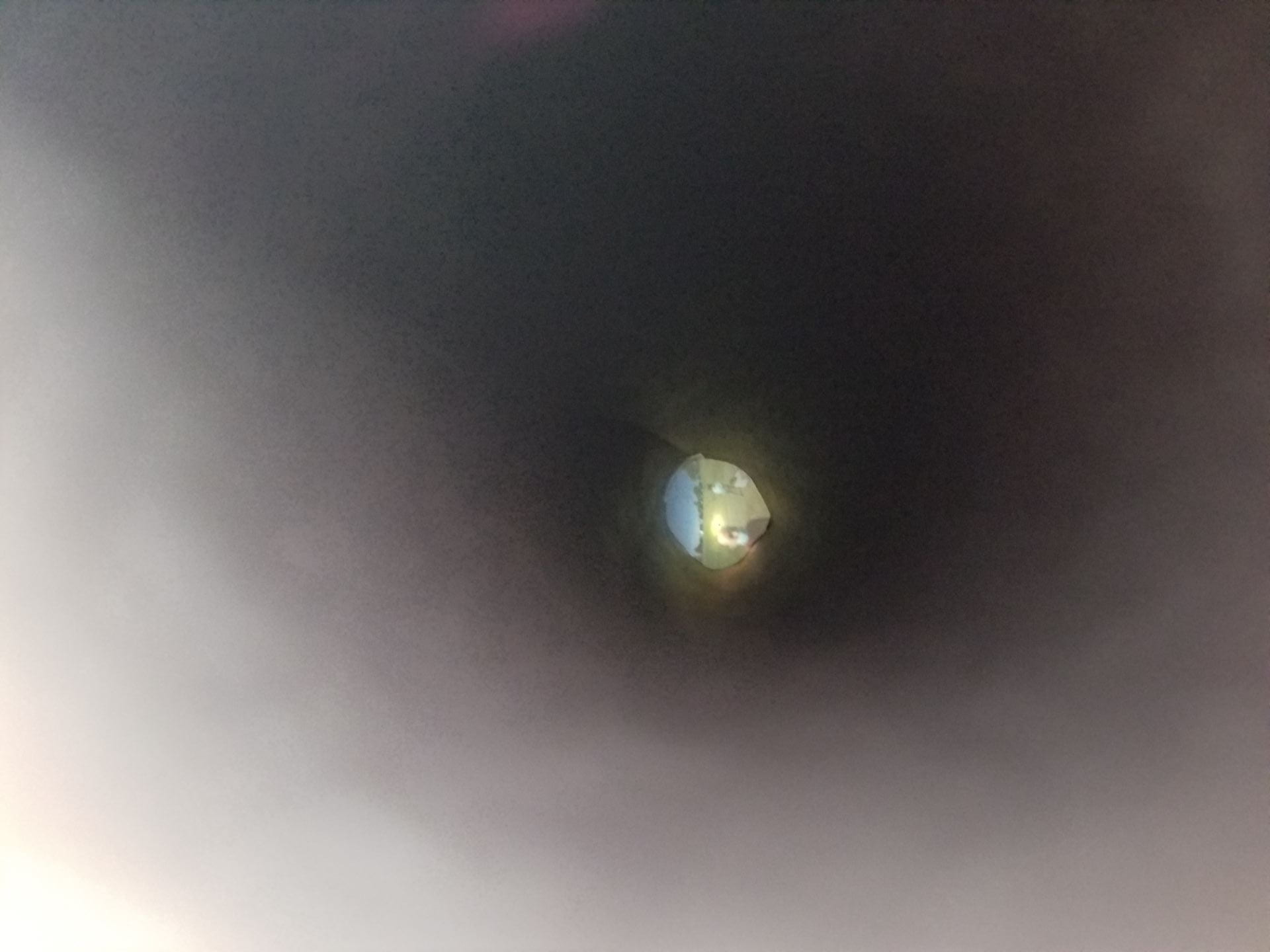
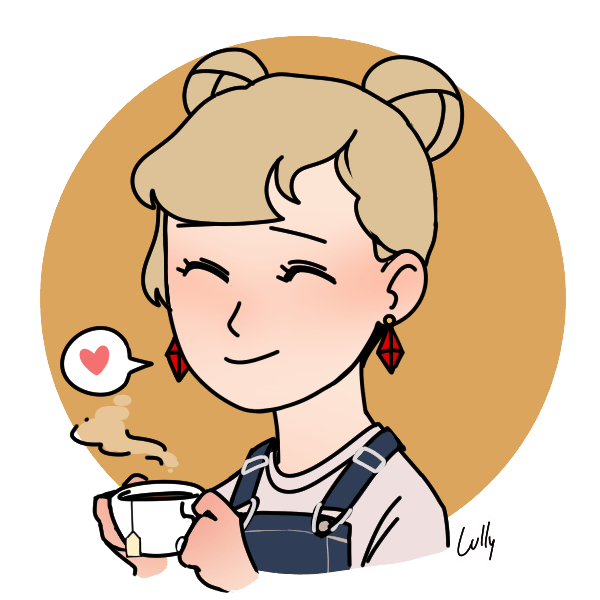
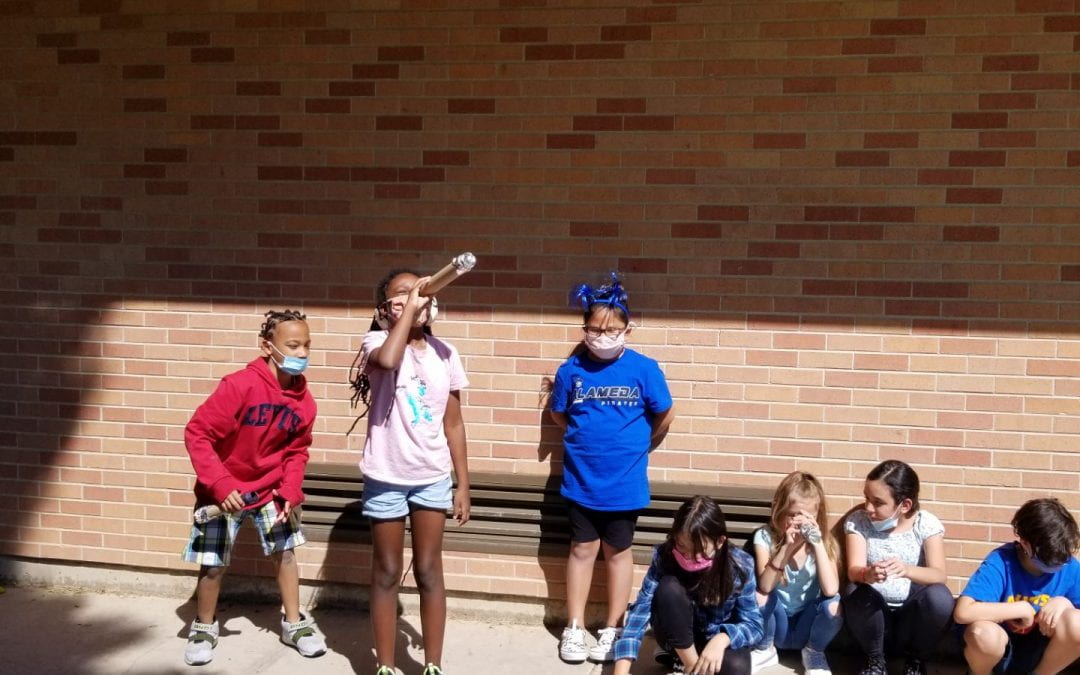
Recent Comments